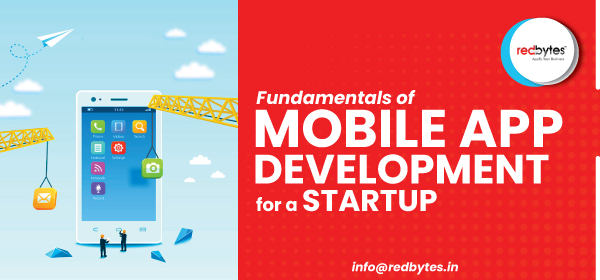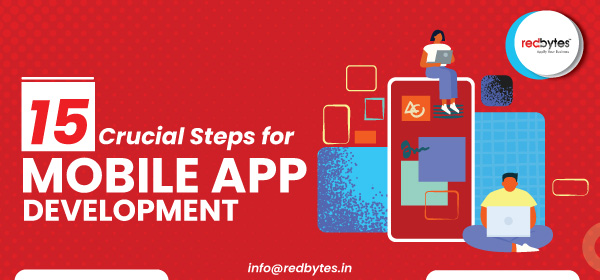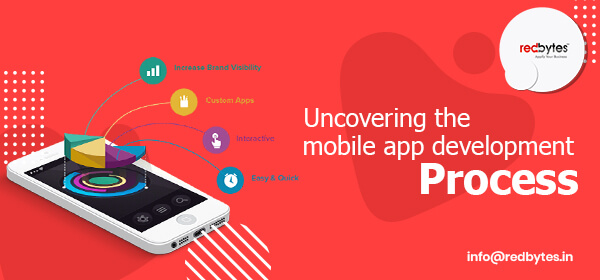Regarded as the crucial consideration before approaching the actual software development process, software development life cycle (SDLC) defines the industry standard and shapes the segments within the project.
In the world of IT initiatives, SDLC has a great influence on creating a comprehensive, well-managed structure of a development project while taking care of all the essential technical methods required to meet the ultimate fruition.
Slightly complicated yet quite substantial, SDLC follows certain compelling models and contains different phases starting from the ideation of the product to a complete fulfillment followed by the final release for the implementation.
Here we are going to explore the highly adoptable and flexible SDLC models that are practiced in modern times along with its popular benefits and stages.
What is SDLC?
From quality, accuracy and precision, the Software Development Life cycle acts as a methodical, systematic process for building software or a mobile application.
Regarded as an industry benchmark, SDLC basically ensures the quality part of work and emphasizes smooth flow and correctness of the end product. The end results down the SDLC process is high-quality software as expected by customers.
Abiding by the SDLC rules while shaping the product also affects or determines the time and cost taken to complete the project. Due to detailed plan and road map suggested by SDLC, one can easily look ahead and plan in advance and build software of their vision.
Each phase of SDLC cycle has its own value and deliverables, which eventually impacts the coming phases.
The basic importance of SDLC
- Forms the foundation for project planning and scheduling
- Helps estimate cost and time
- Includes the project activities and deliverables of each phase
- Boosts the transparency of the entire project and the development process
- Enhance the speed and accuracy of development
- Minimizes the risk potential and maintenance during any given project
- Its defined standard improves client relations
What are the stages of SDLC ?
Every software development company goes through an array of stages as they embark on systematic process of development. From planning to design and development, here is a brief glance at the six essential stages of SDLC required to create flawless software:
Planning

Without a clear, visionary plan in place, it is difficult to align everything with your project goals and judge all its strengths, scope and challenges involved.
The planning is to ensure the development goes easy and smooth, meets its purpose and achieve its desired progress within given time limit.
Analysis

Analyzing the requirements and performance of the software through its multiples stages is key to deriving process efficiency.
Analysis always helps be in the know of where you exactly stand in the process and where you need to be and what it takes to pass through the next step down the path.
Design

After the analytical part is complete, design is the next step that needs to look forward to. The basic aim in this phase is to create a strong, viable architecture of the software process.
As it works by a standard adherence, it helps eliminate any flaws or errors that may possibly hinder the operation.
Development

Once the design is ready, the development takes over along with the efficient data management and recording. This is a complicated phase where clarity and focus are of great significance.
Post development, implementation comes in picture to check whether or not the product functions as expected.
Testing

The testing phase that comes now is inevitable as it studies and examines the software for any errors and bugs that may cause trouble.
Read Also: Software Testing Life Cycle (STLC)
Maintenance

If the software has performed well through all the previous five steps, it comes to this final stage called maintenance. The product here is properly maintained and upgraded as and when needed to make it more adaptive to the target market.
What are the Models and Approach ?
The following are a few considerable models and approaches that you can integrate in SDLC for your organization.
Waterfall
A little too old and rigid, the Waterfall is one of the old-fashioned SDLC models that are not much preferred in modern software development ecosystem.
The reason it is not favored much is that the model is run on a fairly inflexible structure conditioning that the entire set of requirements should be determined from the very beginning of a project. This limits the freedom and flexibility of actual design and development.
Upon completing the development, the product goes though the test for meeting its initial requirements. If it not good enough, it is to be revamped– which is a lot of work.
Usually, software development companies resist dealing with Waterfall though it still appears to be an effective model for the handful of projects.
Iterative
The iterative method, as the name goes, deals with several iterations throughout SDLC cycle. By keeping it like Waterfall, the Iterative approach repeats the method in several stages of development instead of spanning it as whole across entire SDLC.
The result is, each step of it seems like a mini-project itself, making it more effective and less rigid than Waterfall itself.
Similar to Agile, the model adds value as the product advances and reduces the involvement of external customers.
Read Also: 12 Best Mobile App Development Tools 2019
DevOps
DevOps is quite celebrated SDLC approach among today’s software companies and IT firms. DevOps helps streamline the delivery and support by putting together the development teams and operational teams. Companies with advanced resources can make DevOps work successfully.
As it marries two teams active in different departments, it creates a greater advantage in the long run. For instance, the changes implemented during the process become more fluid and rapid while keeping risks to its bare minimum.
Agile
Agile defies basic Waterfall scheme of things and makes the entire process of design, development and testing an ongoing flow where developers, managers and customers all contribute together.
In a way, it breaks the shackle of treating everything as a part of huge steps.
Agile works by dividing the work in segments of few weeks which they also refer as Sprints. Teams handle the major chunk of customer-side requirements followed by testing.
Agile is friendly to startups and small companies that expect speed to be a major element.
V-Model
V-model is an evolved version of Waterfall approach with slightly different process steps. In this model, the next phase of development doesn’t really initiate until the previous one is done with.
This strict and limiting method is not usually recommendable for small-size projects with quick requirements. Due to its high risks and inflexibility, it might sound a little unfavorable.
Still, for projects with static needs or limited scope and early testing, V-model turns out to be easily managed and controlled.
Lean
Lean shares many aspects with Agile method including the way they both support faster delivery and continuous improvement model. The only difference is that lean model emphasizes best manufacturing practices that promise reducing excessive waste and efforts.
Since Lean SDLC approach focuses on diminishing waste (cost, scope, time) involved in any phase, it is more appreciated by organizations that believe in optimization of requirements related to hardware and procurement.
Prototyping
Prototyping is highly validated nowadays since at its base lies the idea of creating an early sketch of any newly introduced software or application.
The design team takes it on them to produce a product form that still doesn’t have full set of tested functionality. However, it is built to give customers a peek at what the mature product is going to be like.
Based on response and feedback gathered, Prototyping SDLC implements changes through the next phases. This low-risk model works well for companies adopting new technologies or are in its emerging state.
Read Also: 11 Steps To Create A Mobile Application
Conclusion: Pick the best SDLC approach
As you select the best from the pool of SDLC models, you must consider where your organization stands and what clients really expect.
Much of what you choose relies on the status quo of the existing market, standard practices and suitability of resources. There is no universal approach; one model is unable to fit every business structure.
While orthodox Waterfall works for some, Agile, DevOps or Iterative may seem flexible for others, or Prototyping.
You would like to consider consulting with a resourceful IT company before embracing an SDLC approach for your team from the list above.
Redbytes has enough expertise to help you know how different models come handy in certain business scenarios and industry environments. From our experience, we will guide you to the best fit for your software product.
Get a Free Ebook: Download PDF











![The 14 Crucial Steps of Mobile App Development [Infographics]](https://wp.redbytes.in/wp-content/uploads/2016/05/Crucial-Steps.jpg)